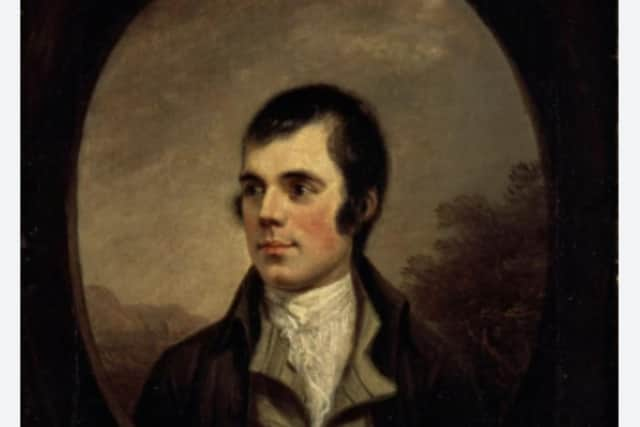Burns, slavery and the abandoned trip to Jamaica that looms large - Alison Campsie
At the National Galleries of Scotland, work to decolonise collections and put often untold histories of imperialism to the front and centre of collections to promote equality has resulted in the brief text accompanying a Burns portrait and sculpture linking him to slavery.
It is relatively well known that Burns booked passage to Jamaica after being offered a job as an overseer on a sugar plantation owned by a friend from Ayrshire. It is also known he didn’t take the job, with the onset of the success of his poetry keeping Burns in Scotland instead.
Advertisement
Hide AdAdvertisement
Hide AdAt the Scottish National Portrait Gallery, the label on the Alexander Nasmyth portrait has been recently updated to reflect more detailed research on the abandoned emigration to Jamaica.


“On at least three occasions, he almost left Scotland to take up a position overseeing enslaved labourers on a Jamaican plantation,” the label now says. “It was only the huge critical and commercial success of the second edition of his poems that enabled him to stay in Scotland.”
Of course, labels on artworks are designed to be concise and informative while giving an introduction to the piece ahead. People who write these labels know, like Burns, the power of an economy of words.
The new Burns label has angered historian Sir Tom Devine, who said the decision to “name and shame” Burns was propaganda – not history – and marred the reputation of the galleries given its “gross intellectual sin of anachronism” by using present standards to judge those of the past.
To give context, between 1750 and 1800, around 17,000 Scots emigrated to Jamaica, the slave plantations employing trades people on a large scale. Meanwhile, Scots were disproportionately involved in trading slave-grown goods.


There is no doubt Burns, who was then working an unprofitable farm with his brother following their father’s death, was aware of the nature of his impending role as a “poor negro driver”. Six years after abandoning his journey, he wrote Slave’s Lament. Of course, none of this fits on a label by a tiny painting, but – in the spirit of fairness, at least – the context also counts.
Comments
Want to join the conversation? Please or to comment on this article.